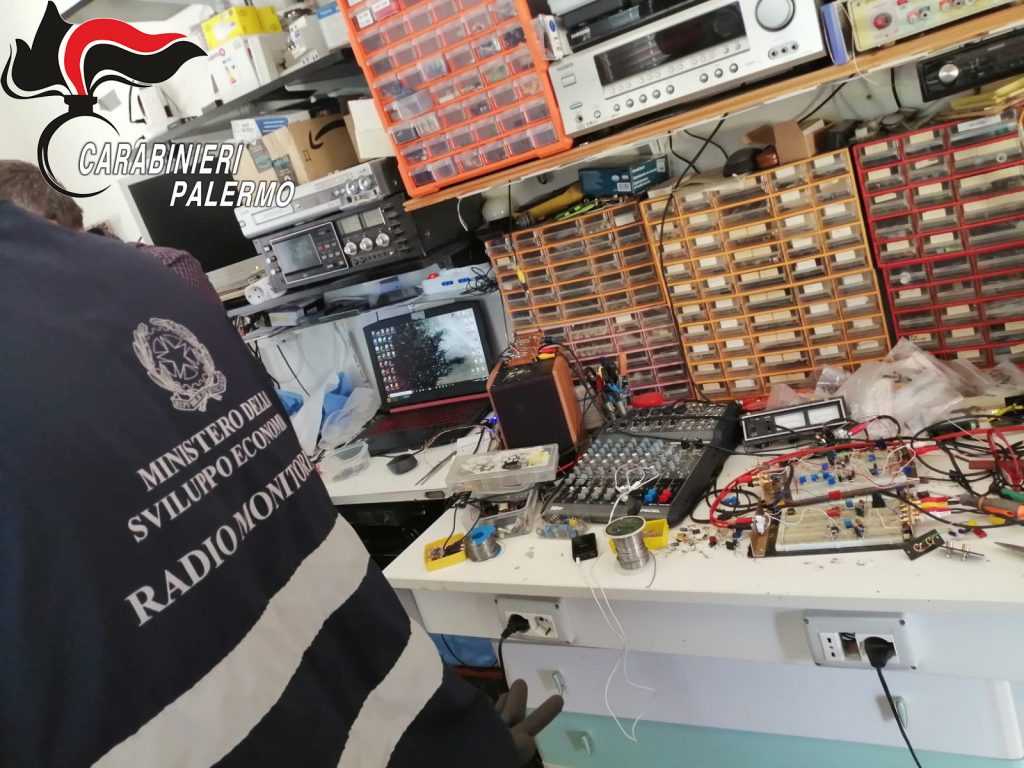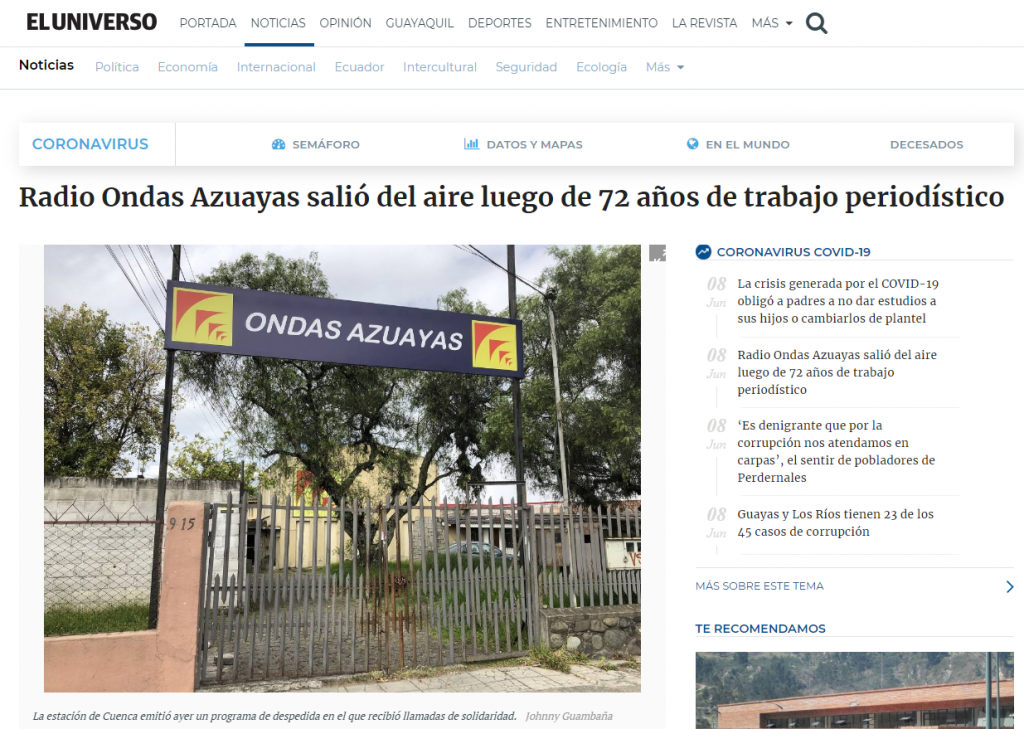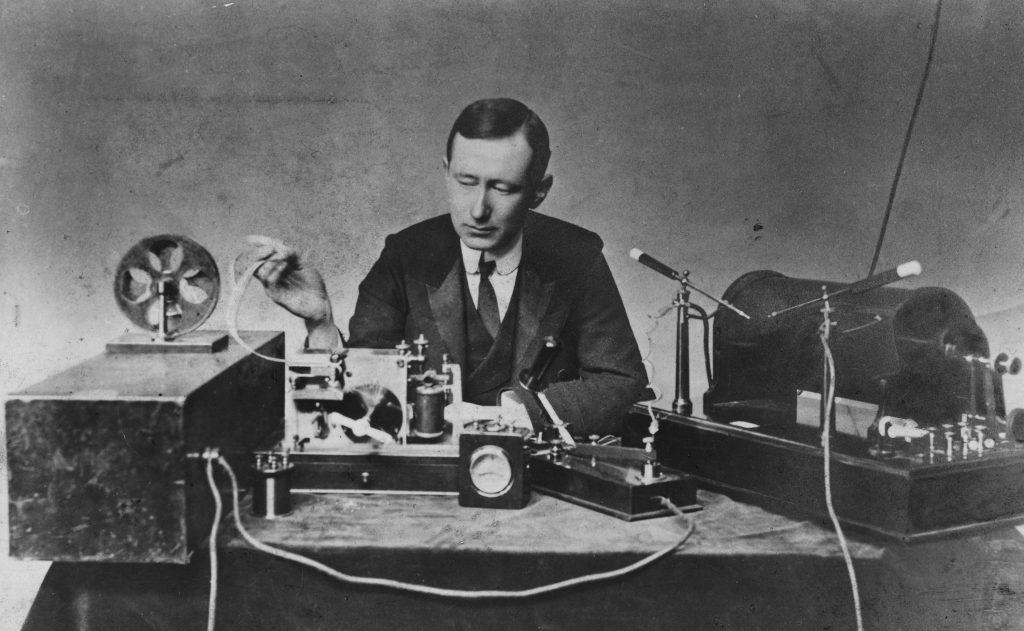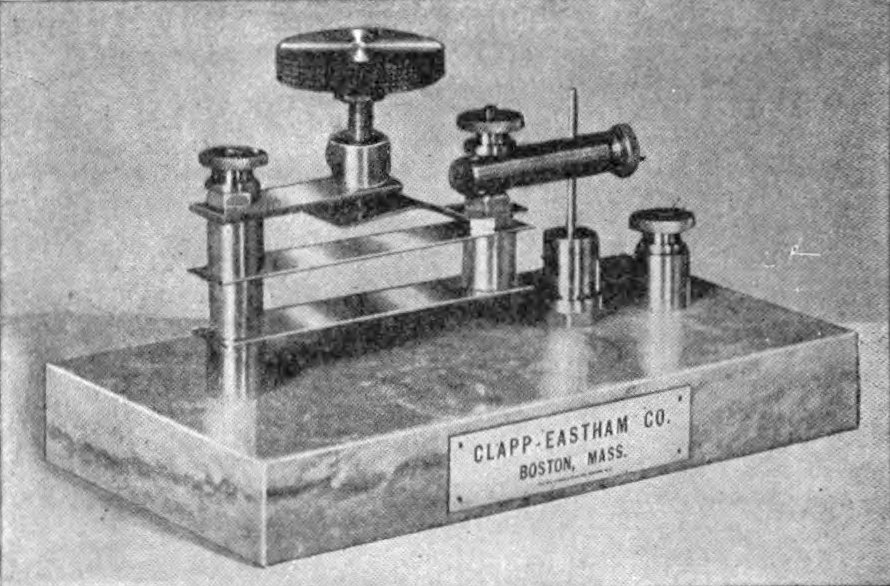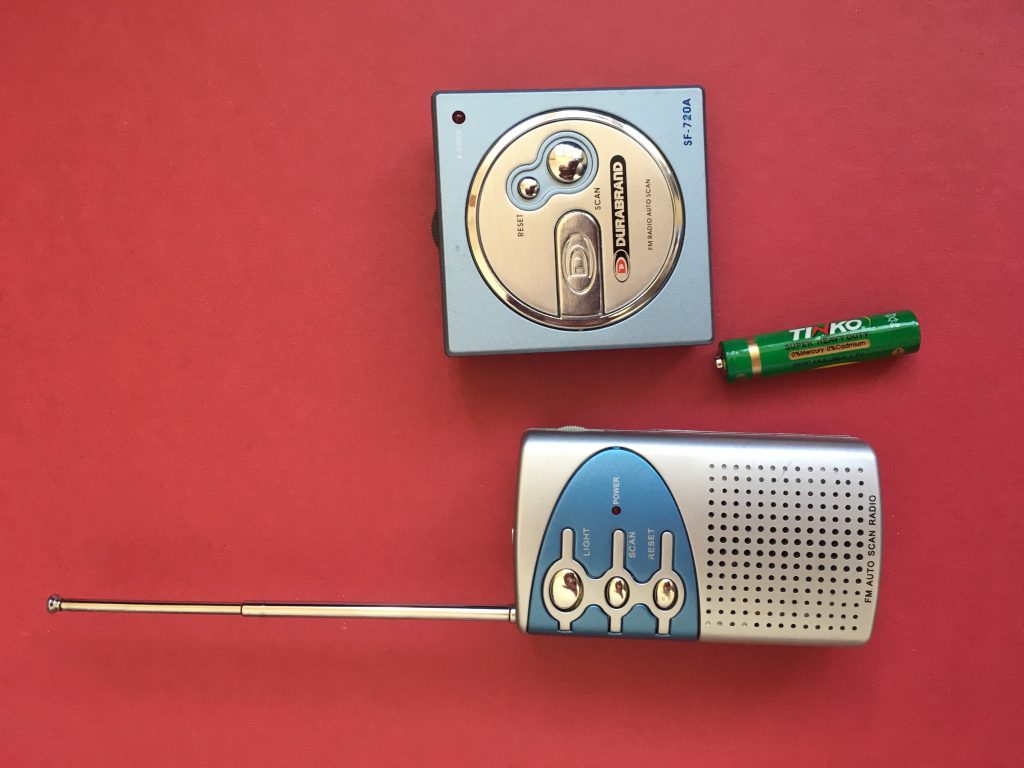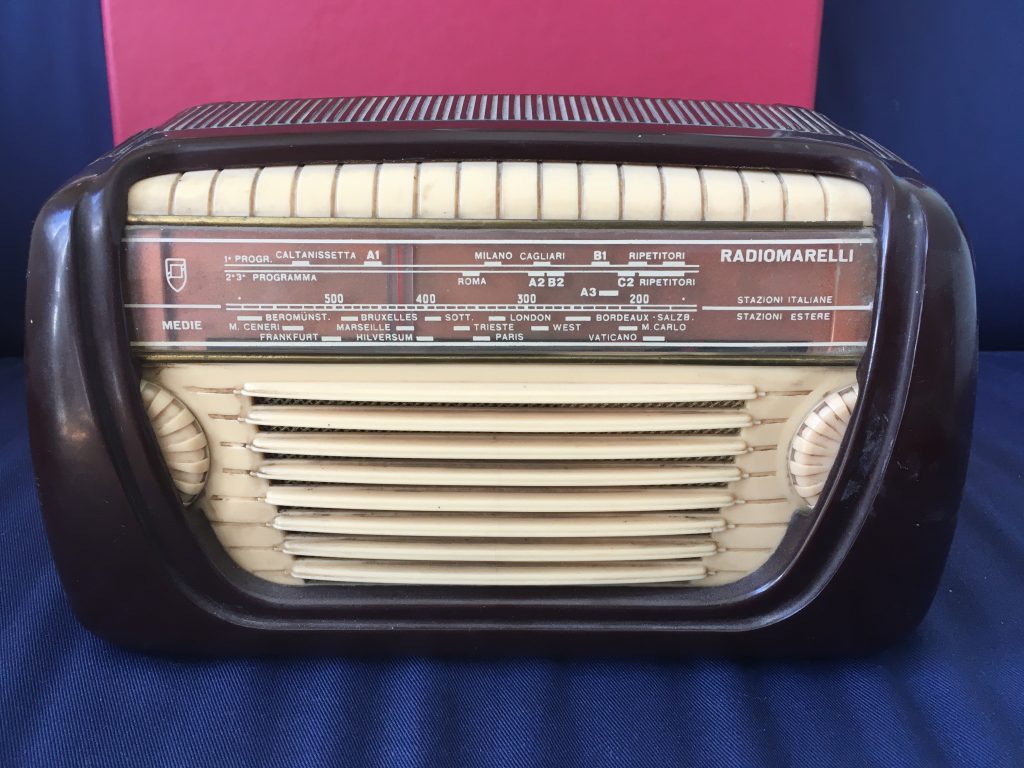All Photos by NAARO, Architectural Photography Studio in London
After having announced over and over again that the official opening of the telecommunications tower on Kucuk Camlica hill would take place in a few months, progress was thwarted by the arrival of Covid-19. Then on May 3rd, 2020, a fire broke out, which, fortunately, was small and quickly under control by the workers.

Source
Construction of the tower began in March 2016 and a year later the Turkish Minister of Transport, Maritime Affairs and Communication, Ahmet Arslan, hoped it would be completed by the end of Ramadan (May 2017) with a cost of USD 48.5. This was repeated the following year and again in July 2019 because they had to confront technical problems and delays caused by the wind, which when over 30km/h impedes work on the exterior.
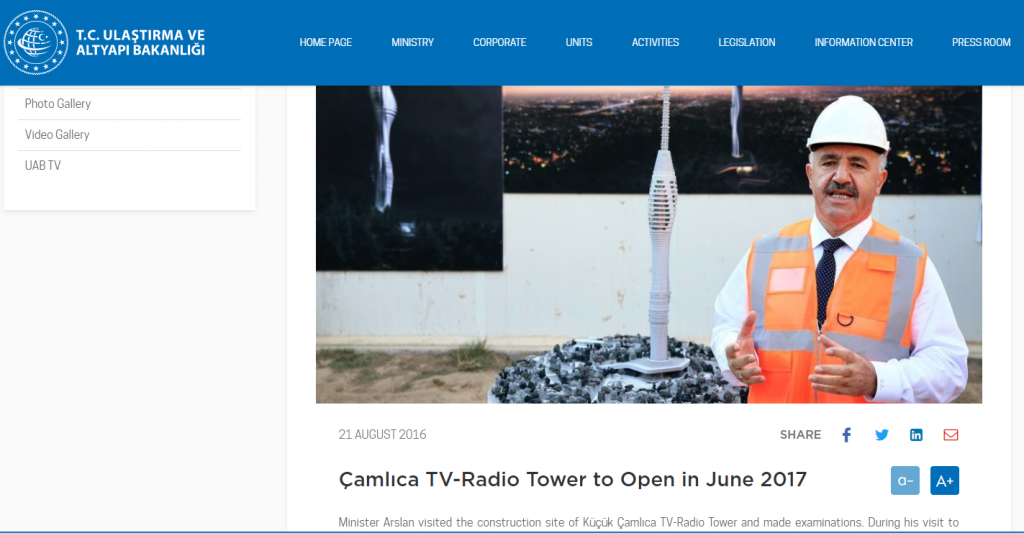
Source

Source

Source
An elegant, futuristic silhouette
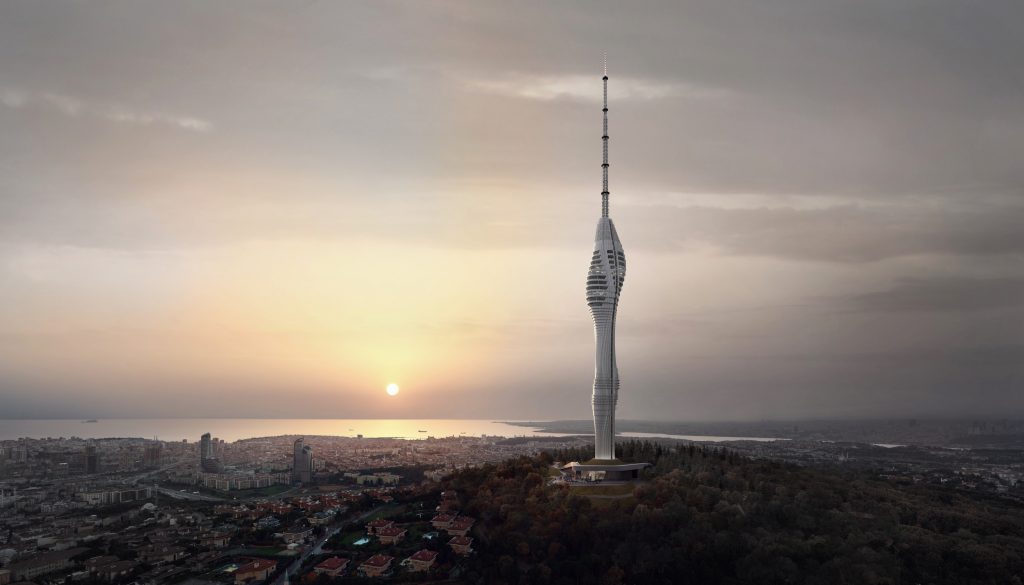
The tower is one of ten major projects (including Istanbul airport, which is the largest in the world, and the tunnel under the Bosporus) that President Recep Tayyip Erdogan had promised to give Turkey, one of the ten major world economies. “Complicated problems have been confronted and solved” states Melike Altinisik, Turkish architect, designer and founder of the international architectural design studio of the same name that is in charge of carrying out the project. ‘Designing a TV tower of almost 369 metres high is a complex and unique process, not only from the design but also from a technical point of view’.
Starting from the height: 369 metres from the cement base to the 145.5-metre steel mast which houses the antennas. The mast is made up of 12 pieces each weighing 1,400 tons. These were assembled inside the cement core and lifted by jacks to over 220 metres in height. Three hundred people, including technicians and engineers worked on the building site. 30,000 m3 of concrete and 3,000 tons of structural steel were used on a construction surface of 32,000 m2.
Particular engineering techniques

The engineering techniques used to construct the tower are particular. It was decided to build a circular cement core (220.5 metres high with foundations 21 metres deep) and to assemble the floors on the ground in groups of three or four. Each one is 4.5 metres high (the total weight of each module is about 1,000-1,200 tons, the equivalent weight of 1,000 cars). The modules (eight) were then lifted to the top by jacks and attached. Following this, a 2.5-metre-thick layer of reinforced concrete was laid between one module and the next. The tower is expected to draw 4.5 million visitors annually.

Like all telecommunication towers, apart from better reception of radio and TV signals and a lower impact on the environment (the hill is still covered with dozens of pylons) the structure is also a tourist attraction. The observation decks give you a breathtaking view of the Bosporus and both the eastern and western areas of Istanbul. It is expected to attract about 4.5 million visitors a year. The observation decks are on the 33rd and 34th floors (at 366.5 and 371 metres above sea level. The hill is 220 metres high). The 39th and 40th floors (at the heights of 393.5 and 398 metres above sea level) will host a restaurant and a cafeteria. Libraries and exhibition halls will be located in the four basement floors.
The radio stations will be the first to be moved in.

The tower will be able to host 125 transmitters, thus replacing a large number of pylons on the two hills nearby. These will be dismantled. In this way both the impact on the environment and electromagnetic emissions, which are harmful to health, will be reduced. The remaining broadcasters, that cannot find a place, will be integrated into the television tower on Buyuk Camlica hill, owned by TRT (Turkish Radio and Television Corporation).
From FMList, the radio stations that broadcast from Camlica






